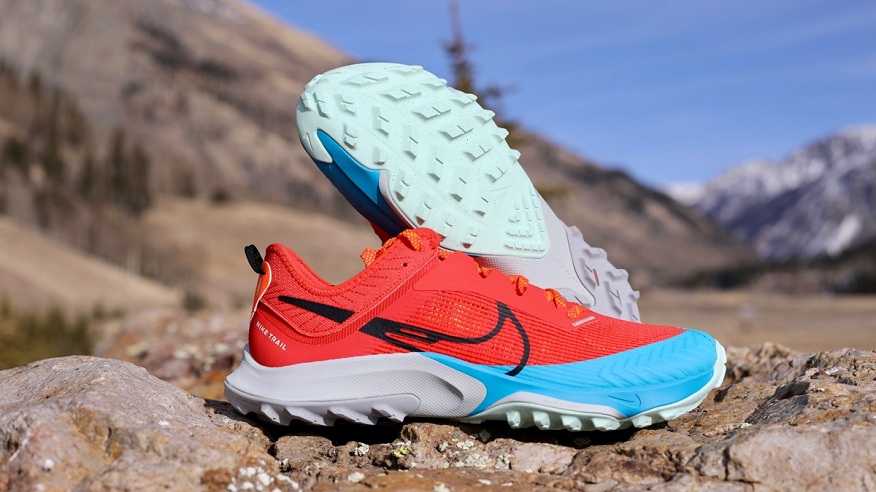People who are familiar with running on the road if heading to trail running, need to understand that trail running shoes are fairly different from the shoes designed for road running. According to Steven Rindner – trail running shoes differentiate in terms of their type of gripping on rocky terrine, protecting features in shoes to prevent possible tears and abrasion, and solidity of construction, etc. Accordingly, while choosing shoes for trail running, potential runners should consider four aspects to get the most suitable shoe to initiate. The article focuses on three important factors to figure out which type of shoe would be suitable for trail runners.
- Types of Shoe: There are two options- shoes for light trails and rough trails
- Type of Cushioning: Choices vary from minimal to maximum.
- Heel-to-toe drop: The measurement influences one’s running method.
Shoe Types
Depending on the type of trail a runner plans to go, the type of shoe needs to be chosen. As stated above, there are three main categories of trail running shoes.
Light Trail
This category of shoes is made for rather uniform surfaces like gravel paths or rolling hills. The features of light trail shoes include
- Designed to provide modest guard from rocks and tree roots
- Built moderately stiff to promote the steady positioning of feet
- Soles generally come with shallow lugs to provide grips on packed soil. In some shoes, adequate midsole cushioning is provided to boost the runner’s comfort while running a long trail.
Rugged Trails
Shoes for rugged trails are designed mainly keeping in mind runners on hiking trails, thus, this aim covers the widest range of terrains. Common features of the shoe include:
- Toe guards on the frontal part and hidden underfoot plating for protection from rocks and roots;
- Robust materials with overlays to protect from bushes with thorns
- Tough midsole cushioning to grip footings on sharp descents as well as hard rock landings
- Soles are designed thick with multi-directional lugs for better gripping on mud or soft soil. Wide gapping amid lugs allows soft soils to drop off freely.
- Stiff builds with supportive uppers to stabilize feet on unstable surfaces. Many models also come with interior shanks intended to add rigidity to midsoles
- Varied lug patterns for providing traction and stoppable power at any angle.
Cushioning
According to Steven Rindner, cushioning level is an important consideration when it comes to choosing shoes for trail running. There are three choices
Minimal: These type of shoes is an ideal choice for runners who like to feel better but not relaxing and don’t mind forgoing midsole padding.
Moderate: These shoes are designed with adequate padding to let runners comfortably run over rocky trails.
Maximum: These models are available with masses of padding in their midsole. According to Steven Rindner, maximum cushioning is a good choice to safeguard joints and lessen fatigue during long trail running.
Heel-to-Toe Drops
Heel-to-toe drop refers to the difference in height between the heel and forefoot found in athletic runner shoes. Four categories of heel drop include:
Zero drop comes with 0mm heel drop,
The low drop comes with a 1-4mm heel drop,
The mid-drop comes with a 5-8 mm heel drop
The high drop comes with an 8+ mm heel drop
To determine the heel drop, consider the following points
Comfort: Zero drops seem to feel a negative drop and are not recommended for running especially on the hilly landscape to avoid overstraining muscles that affect the performance of runners.
Foot strike: depending on one’s stride choosing a higher heel drop will feel more comfortable while a lower heel drop is likely to push the footstep forward during running.
Health/injuries: if any part of the legs is injured, depending on the type of injury, one should make sure to go for mid to high drop which will lower the impact on the part of injury commonly experienced at ankles, tendons, hips etc. Finally depending on the necessity, one can swap heel drop from zero to low or medium to a maximum or vice-versa at all times.
Fitting Matters
Last but not least, before choosing the shoe, make sure that it fits suitably and makes you feel comfortable for short or long-distance trail running.

